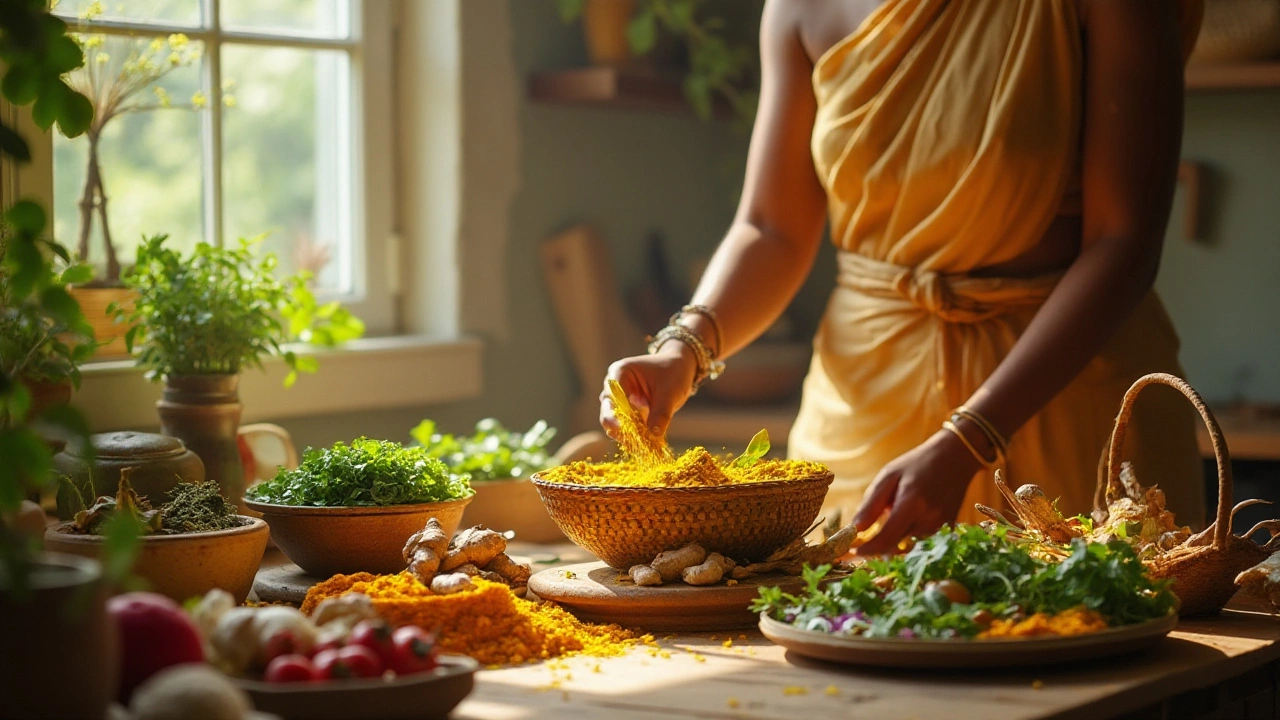Inflammatory Foods: What They Are and How to Cut the Heat
Ever notice a sudden joint ache after a big buttery dinner or a lingering stomach upset after a night of snacks? That’s inflammation kicking in, and the culprits are often right on your plate. In this guide we’ll point out the usual suspects, why they matter for your meds, and easy swaps you can start today.
Top Foods That Fuel Inflammation
Here’s the quick hit list of foods most likely to light up your inflammatory pathways:
- Refined sugars – white sugar, honey‑laden desserts, sweetened drinks.
- Processed carbs – white bread, crackers, instant noodles.
- Trans‑fat rich snacks – fried pakoras, chips, store‑bought pastries.
- Red & processed meat – beef, lamb, sausages, pepperoni.
- High‑omega‑6 oils – canola, soybean, corn oil used in deep‑frying.
These items raise cytokines, the chemicals that tell your body to stay in “fight mode.” Over time that can worsen chronic conditions and even interfere with how your body handles medicines.
Everyday Swaps for a Calmer Body
Switching doesn’t mean giving up flavor. Try these simple changes:
- Swap white sugar for a pinch of jaggery or a splash of stevia in tea.
- Choose whole‑grain rotis or brown rice instead of polished white rice.
- Grill, steam, or bake veggies instead of deep‑frying them in oil.
- Replace red meat a few times a week with lentils, chickpeas, or paneer for protein.
- Use cold‑pressed mustard oil or olive oil for dressings; keep high‑omega‑6 oils for occasional use only.
Reading labels helps a lot. Look for “partially hydrogenated” (that’s trans‑fat) and keep an eye on the sugar content listed in grams. In Indian packaged foods, the term “syrup solids” often hides a lot of sugar.
Another hidden trigger is food additives like monosodium glutamate (MSG) and artificial colors found in many ready‑to‑eat meals. If you’re sensitive, stick to fresh ingredients and prepare meals at home whenever possible.
Why does this matter for medication safety? Some inflammatory foods can raise liver enzyme levels, making drugs like painkillers or blood thinners stay longer in the system. Cutting down on those foods helps your liver process medicines more efficiently and reduces the risk of side‑effects.
Putting it all together is easier than you think. Start your day with a bowl of oatmeal topped with nuts and fresh berries, have a mixed‑veg sabzi with a teaspoon of mustard oil for lunch, and keep a handful of roasted chickpeas as an afternoon snack. Dinner can be a simple grilled fish or paneer with quinoa and a side salad dressed in lemon juice.
If you can’t ditch a favorite food completely, practice portion control. One small piece of dark chocolate or a modest serving of sweet lassi can fit into a balanced plan without sending inflammation spikes through the roof.
Bottom line: Spot the obvious inflammatory foods, replace them with whole, minimally processed options, and watch how your body reacts. You’ll likely feel less achy, sleep better, and your meds will work more predictably. Give these swaps a try for a week and notice the difference—you might be surprised at how quickly your body thanks you.

Identifying Inflammatory Foods in Ayurvedic Practices
In Ayurveda, inflammation is often viewed as an imbalance of the doshas, which can be triggered by certain foods. This ancient system of medicine identifies foods that can exacerbate inflammation and disturb the body's equilibrium. Understanding the role of different foods in Ayurvedic practices can help one make conscious dietary choices. The article explores inflammatory agents in modern diets and offers guidance for balanced eating.

Three Agonizing Surgeries You Should Know About
Apr, 5 2025



